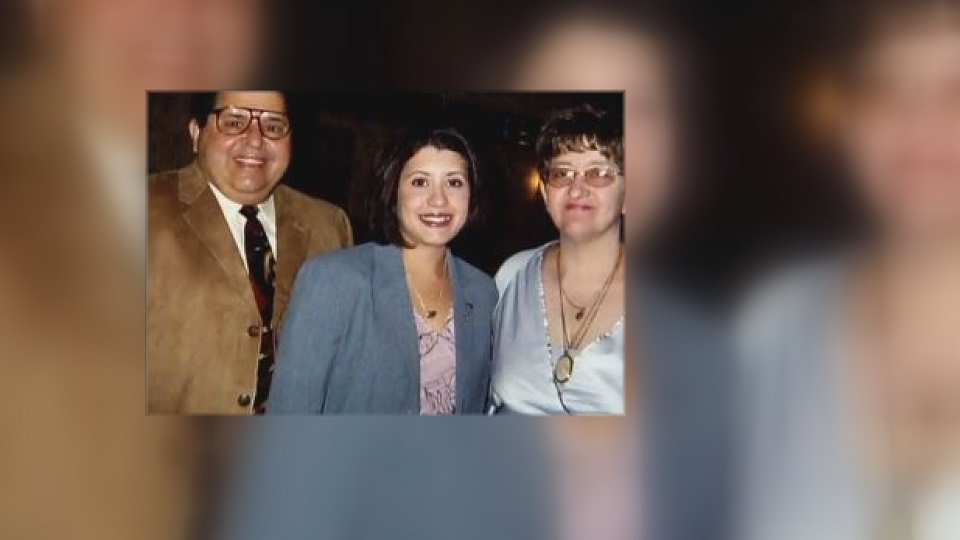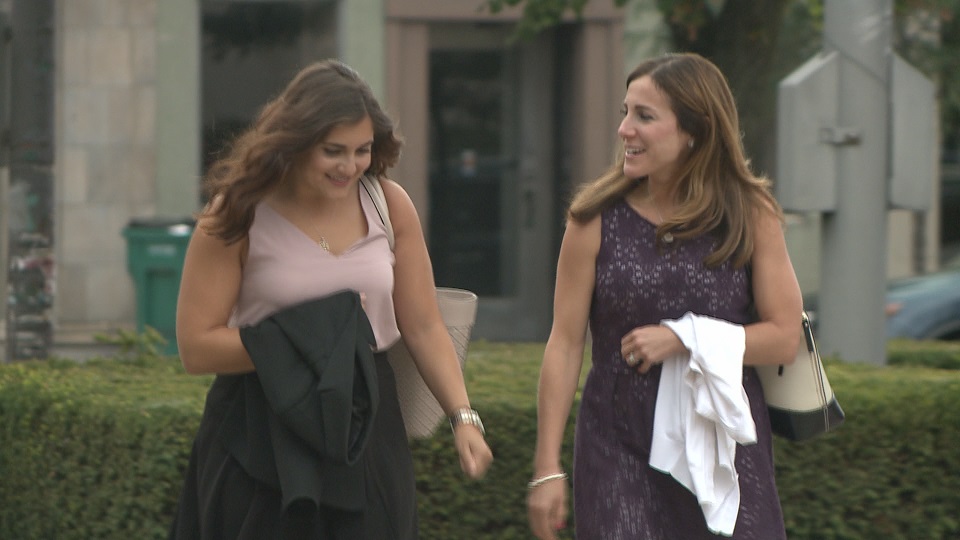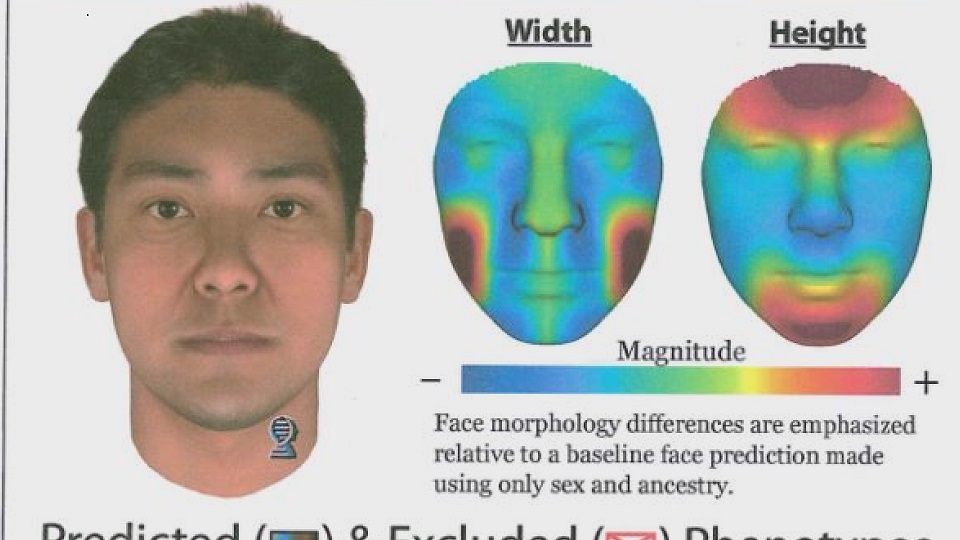NIAGARA FALLS, N.Y. - For more than a decade, the family and friends of Theresa Insana have suffered through a terrible ordeal, filled with uncertainty, puzzlement and an endless stream of unanswered questions.
Insana, a promising 26-year-old sales manager from Niagara Falls, was found dead in Nov. 2004 in the Las Vegas area, where she'd moved to pursue her career. The Las Vegas Metropolitan Police Department quickly launched a homicide investigation, but the case lingered under multiple detective teams before finally landing in the hands of the latest Cold Case investigators.
The case has received a great deal of publicity -- including a featured segment on Dateline NBC in 2011 -- but police have never been able to make an arrest.

Back home in Niagara Falls, a full 2,200 miles away, the Insana family has waited patiently. Theresa's sister, Maribeth, helped create a Facebook page recently to spread information across all social media platforms. Her family needs a break -- any break -- that might help solve Theresa's murder.
This month, they got one.
"We've never been this close," Maribeth said.
With the help of emerging technology known as DNA "phenotyping," Las Vegas Metro Police have now released a composite facial image of a possible suspect. The DNA results compiled some basic characteristics about the suspect: male, primarily of Southeast Asian descent, dark eyes, black hair.

Grace Carducci, Theresa's close childhood friend, said it's important to spread this image far and wide, all across the country and especially on the West Coast.
"There's someone out there in the world who will recognize this sketch," Carducci said. "And say, 'I know that person. I recognize that person.' All we need is that one person to see that sketch."

It looks like one of those old-school police sketches -- except it's created from DNA, not a sketch artist. Phenotyping isn't considered 100 percent accurate, but it's pretty close. In other parts of the country, like in New Mexico and Florida, it has even helped some law enforcement agencies solve cases by creating images that look almost exactly like the suspects.
Dean O'Kelley, the cold case homicide investigator for the Las Vegas Metro Police, said he started pursuing DNA phenotyping after attending a course put on by Parabon NanoLabs. O'Kelley was intrigued by the idea, so the department decided to test out a trial run. It submitted DNA from a department employee, and the facial image created through phenotyping was nearly identical.
Impressed by the results of the trial run, the department authorized the submission of DNA from the Theresa Insana case. This particular DNA had never been entered into a database as a potential suspect because nobody ever knew who it belonged to. The phenotyping was funded by a retired investigator, Yolanda McClary, who has been an instrumental part of the case since the very beginning and continues to assist even in retirement.
The phenotyping process couldn't give police a name or an identity. But it gave them this composite image, which investigators have already used to eliminate certain suspects.

"Other than the initial case file development and crime scene investigation, this would probably be the biggest break in the investigation. Could have that potential for us," O'Kelley said. "We are looking in a specific direction now, when we're talking about this person. There's not any need to continue to look in the direction of other people who don't fit that profile at all."
So far, Theresa's close friends and family haven't been able to identify anyone based on the composite facial image. However, more than 200 people on Facebook have already shared the images, and thousands upon thousands of people have now seen them on the Internet.
That's the key here. Social media wasn't around in 2004, but it's a pillar of communication now.
Will that lead to the next big break?
"We just want to keep pushing it out there," Maribeth said. "Every day, I'm seeing more shares, and more views, so we're just hoping the right person is going to see it out there."
Do you have information about this case? You can contact Dean O'Kelley directly at d4209o@lvmpd.com, or call the Las Vegas Metro Police at 702-828-8973.

